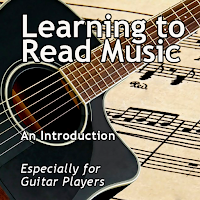The musical staff is the basic framework for traditional music notation. The staff consists of a series of five parallel lines. The sequence of musical notes that make up a song are then placed along these lines. The two dimensions represented on the staff are pitch and time.
Pitch - whether a note sounds "high" or "low" - is represented by placing notes higher or lower in the series of staff lines.
Time - There are actually two different components to the time dimension of music. Every piece of music has a beat which varies from song to song, and sometimes within the same song. This is called the tempo of the music.
 Tempo is normally measured in terms of beats per minute (bpm), and is indicated at the very beginning of the first staff line of a composition. In our example the tempo is indicated as 80 beats per minute. And this tempo is maintained unless a different tempo is indicated.
Tempo is normally measured in terms of beats per minute (bpm), and is indicated at the very beginning of the first staff line of a composition. In our example the tempo is indicated as 80 beats per minute. And this tempo is maintained unless a different tempo is indicated.


This comment has been removed by the author.
ReplyDelete